In an era of increasing urbanization and environmental awareness, the way we deliver goods is evolving rapidly. While traditional delivery vans have long been the standard, cargo bikes are emerging as a compelling alternative. This article compares the two to explore their respective advantages and disadvantages across various aspects.
1. Environmental Impact
- Minimal Carbon Footprint: Emissions-free, contributing to cleaner air and reduced greenhouse gas emissions.
- Lower Noise Pollution: Quieter operation enhances urban livability, making streets more pleasant for residents.
- Reduced Traffic Congestion: Occupying less road space, cargo bikes help ease traffic congestion and lower overall pollution levels.
Traditional Delivery Vans:
- Carbon Emissions: Typically powered by fossil fuels, these vans significantly contribute to air pollution.
- Noise Pollution: Vans can be noisy, especially during engine idling and in heavy traffic, which disturbs residents.
- Traffic Congestion: Larger in size, vans occupy more road space, worsening urban traffic conditions.
2. Cost Efficiency
Cargo Bikes:
- Lower Acquisition Cost: Generally more affordable to purchase and maintain than vans.
- Reduced Operational Costs: Require less fuel and incur lower insurance and maintenance expenses.
- Accessible Parking: Cargo bikes can be parked in bike racks, saving on parking fees and reducing the risk of fines.
Traditional Delivery Vans:
- Higher Acquisition Cost: More expensive to buy and maintain.
- Fuel Costs: Vans consume significantly more fuel, leading to higher operational expenses.
- Parking Challenges: Finding suitable parking spaces in urban areas can be time-consuming and costly.
3. Versatility
Cargo Bikes:
- Agile and Maneuverable: Easily navigate narrow streets, alleys, and congested areas, making them ideal for last-mile deliveries.
- Accessible Pathways: Can use bike lanes and pedestrian zones, enhancing delivery efficiency.
- Eco-Friendly Branding: Utilising cargo bikes can enhance a company’s sustainable image and attract eco-conscious customers.
Traditional Delivery Vans:
- Limited Maneuverability: Struggle in tight spaces and heavy traffic, often leading to delays.
- Parking Limitations: Require larger parking spaces, making them less flexible in urban environments.
- Environmental Image: Often associated with higher carbon emissions, which can conflict with eco-conscious branding.
4. Payload Capacity
Cargo Bikes:
- Moderate Payload: Suitable for a variety of goods, though with limitations in weight and size.
- Weight Restrictions: Capacity varies depending on the bike’s design, affecting delivery options.
Traditional Delivery Vans:
- High Payload: Capable of carrying bulkier and heavier loads, making them ideal for larger deliveries.
- Versatile Cargo Space: Customisable to accommodate different types of cargo, providing flexibility in operations.
5. Delivery Speed
Cargo Bikes:
- Slower Speed: Generally slower than vans, but excel in short-distance deliveries.
- Ideal for Short Distances: Well-suited for frequent stops, making them perfect for urban environments.So can e-cargo bikes handle long-distance riding?
Traditional Delivery Vans:
- Faster Speed: Can cover longer distances quickly, ideal for intercity or regional deliveries.
- Time-Efficient: Better for time-sensitive deliveries, ensuring packages arrive promptly.
Related: Pedaling Towards Change: How eCargo Bikes Are Revolutionizing Freight Transportation
Conclusion
The choice between cargo bikes and traditional delivery vans ultimately depends on specific delivery needs, location, and business goals. Cargo bikes shine in urban settings where sustainability and short delivery distances are priorities, while traditional vans are better suited for long-distance deliveries and situations requiring high payload capacity.
Companies should carefully evaluate these factors to determine which transportation mode aligns best with their objectives, striving for a balance between efficiency, cost-effectiveness, and environmental responsibility.


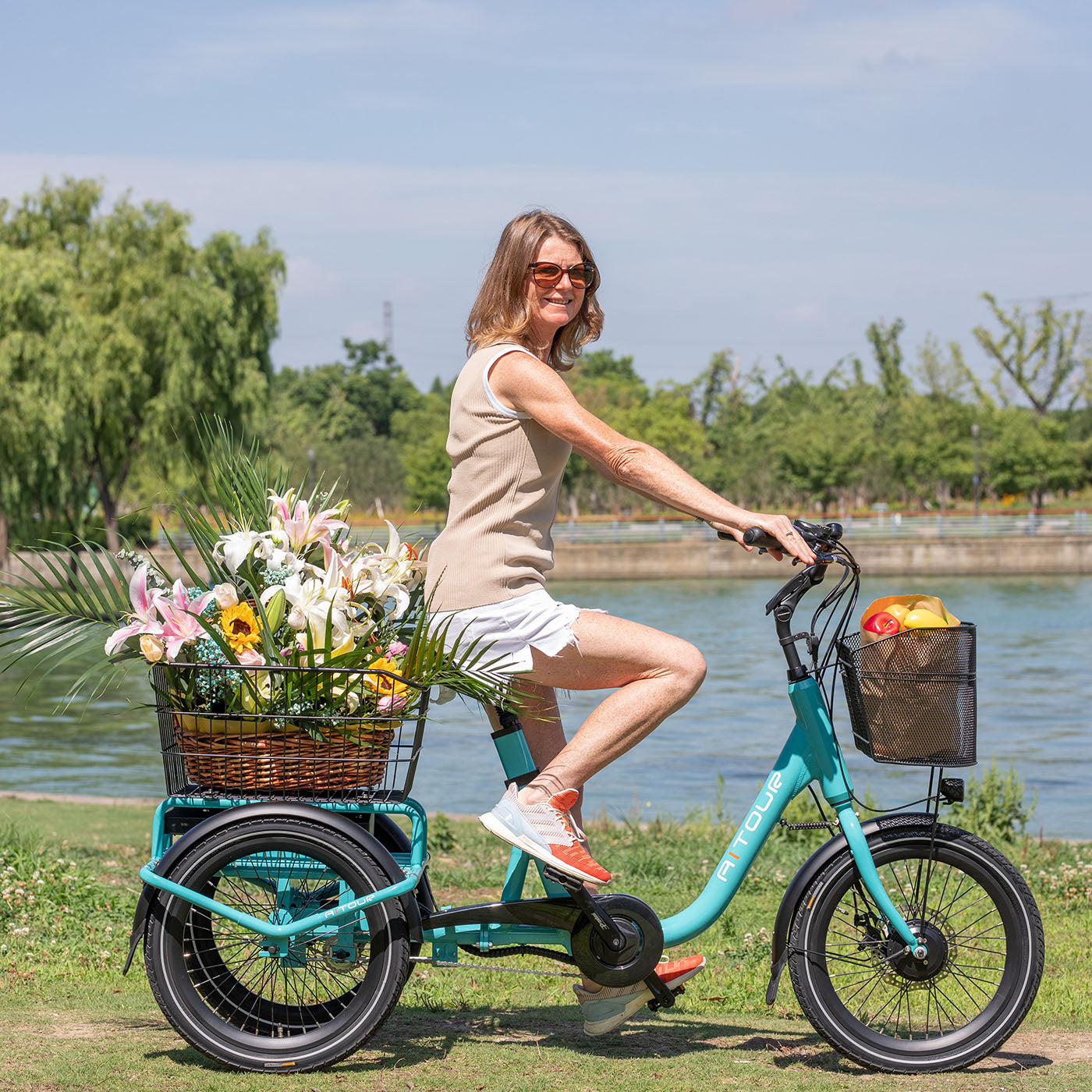
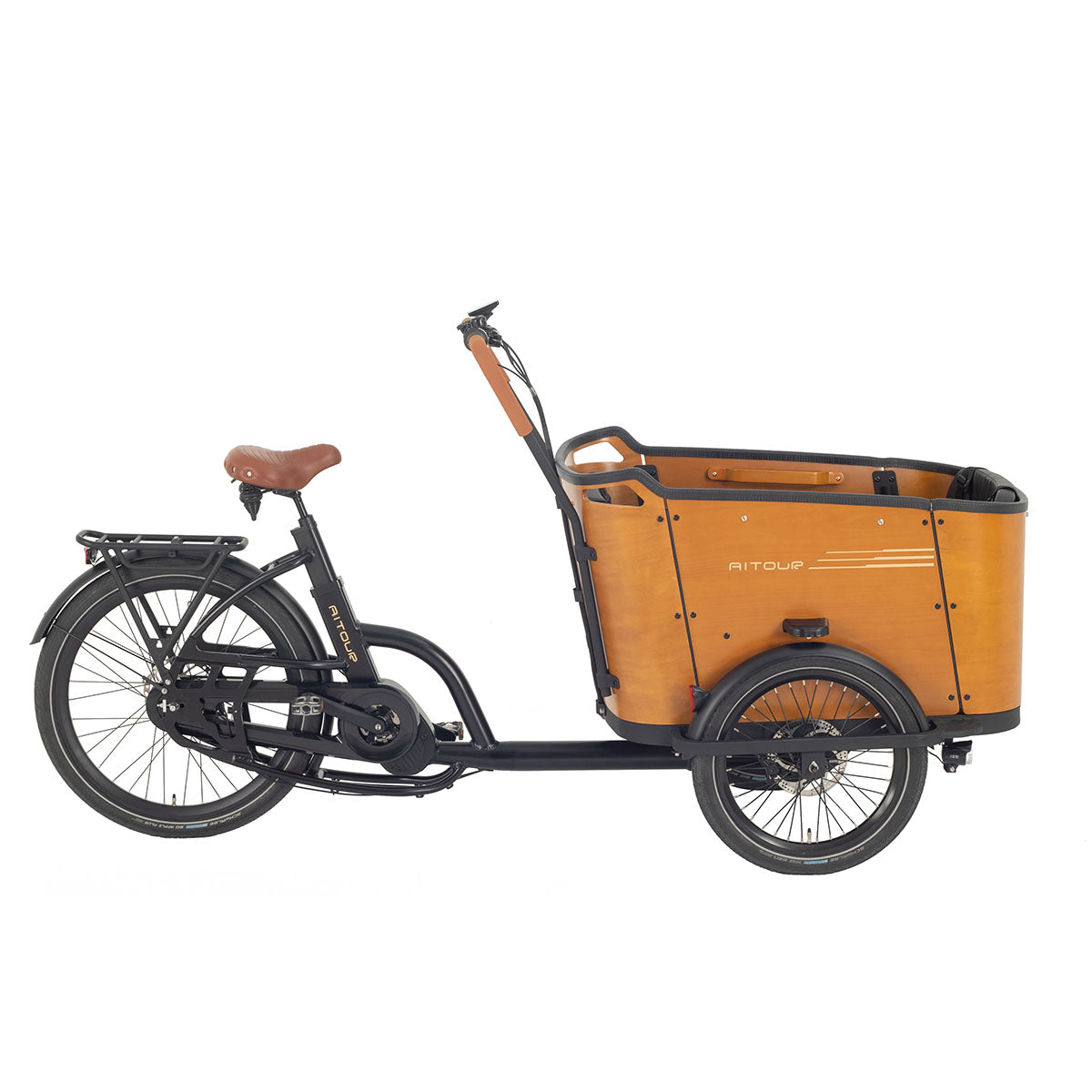
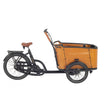
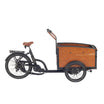
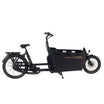
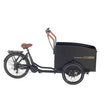
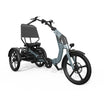
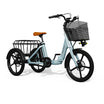
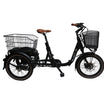
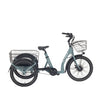

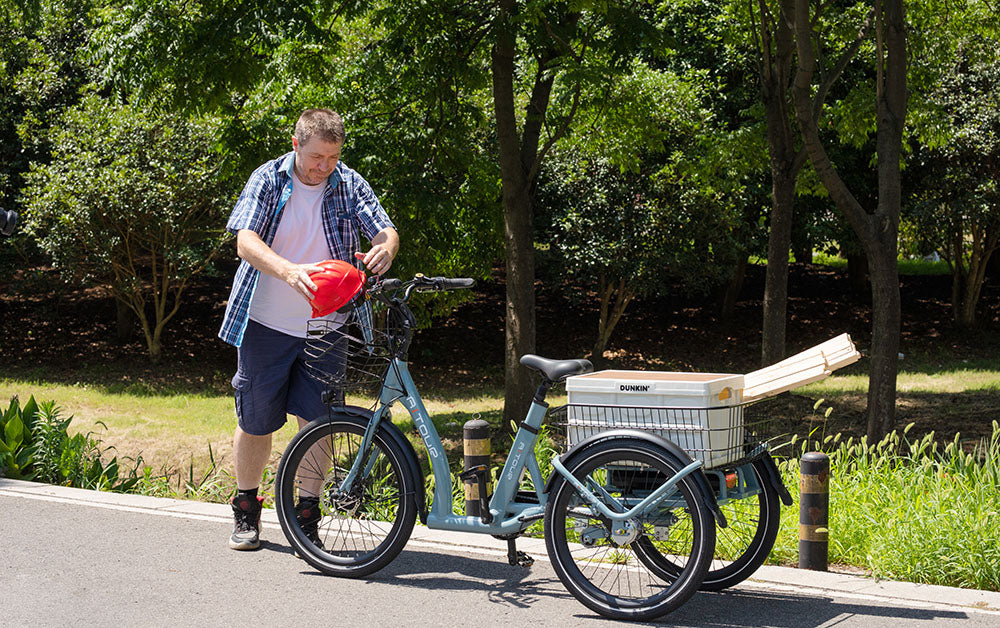
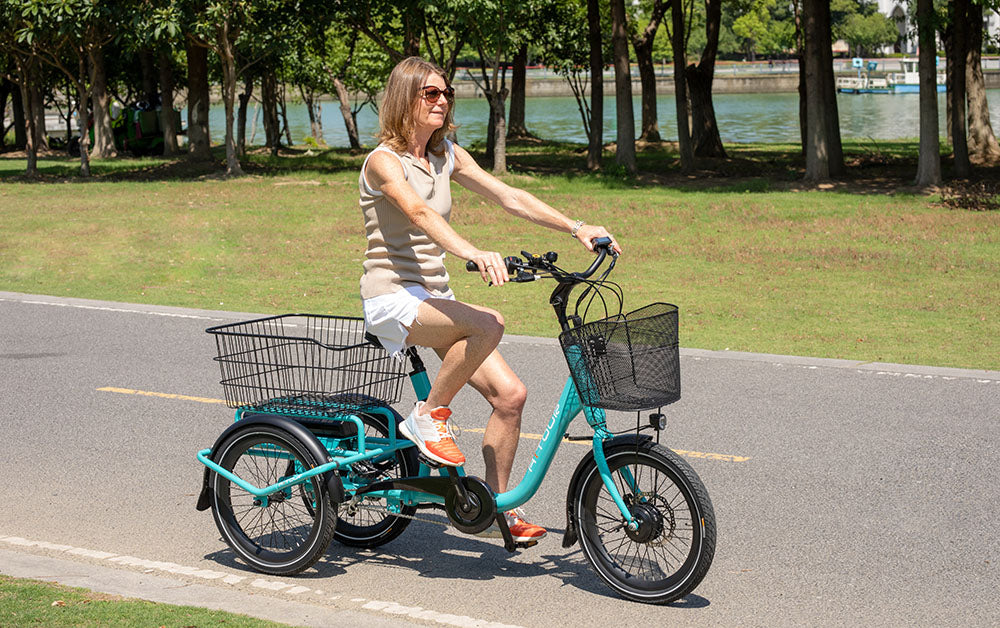
Leave a comment
All comments are moderated before being published.
This site is protected by hCaptcha and the hCaptcha Privacy Policy and Terms of Service apply.